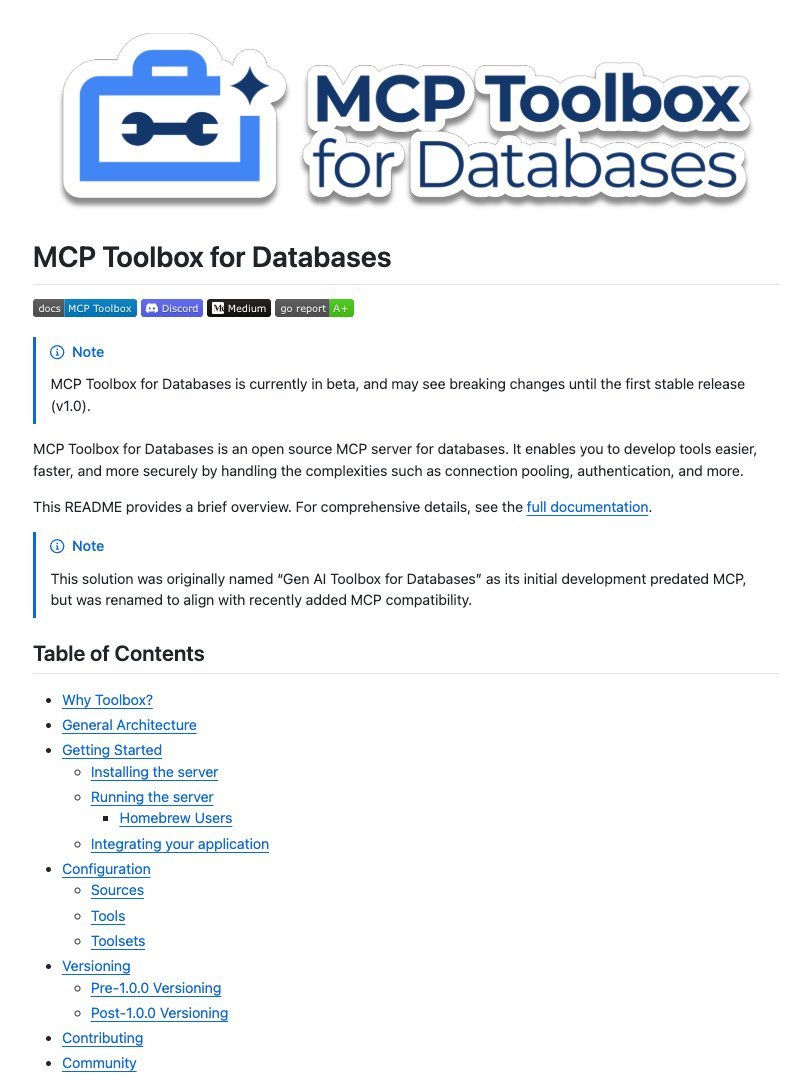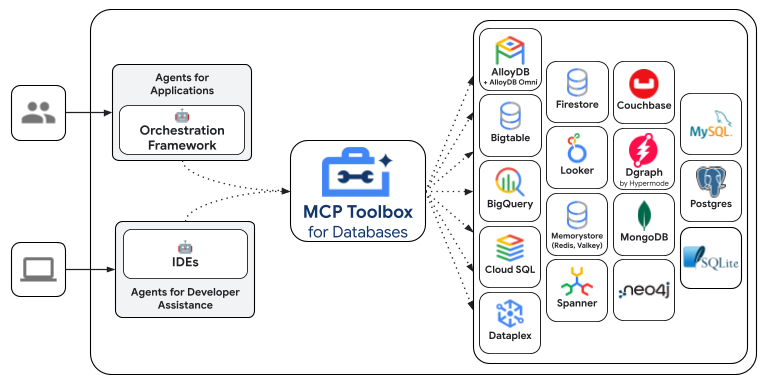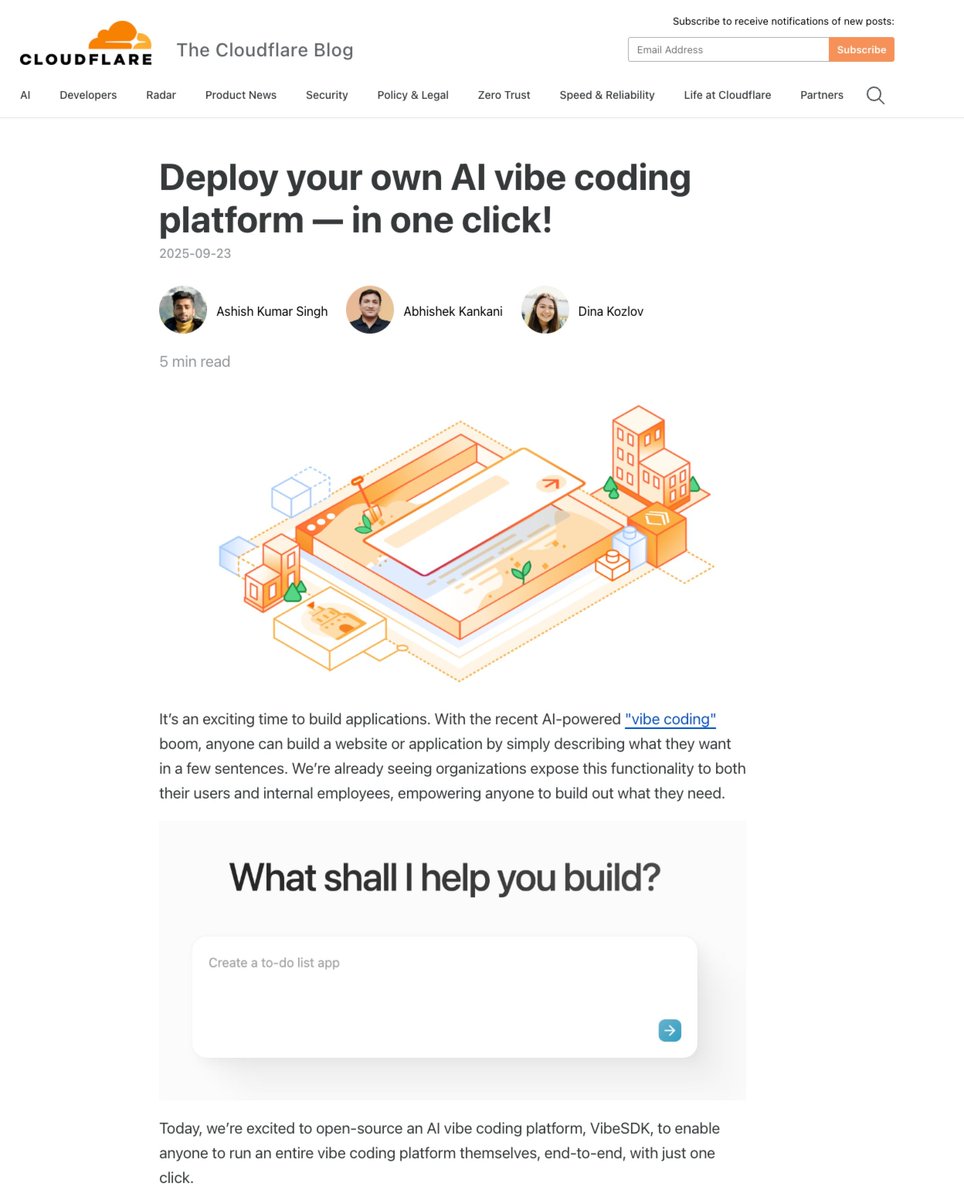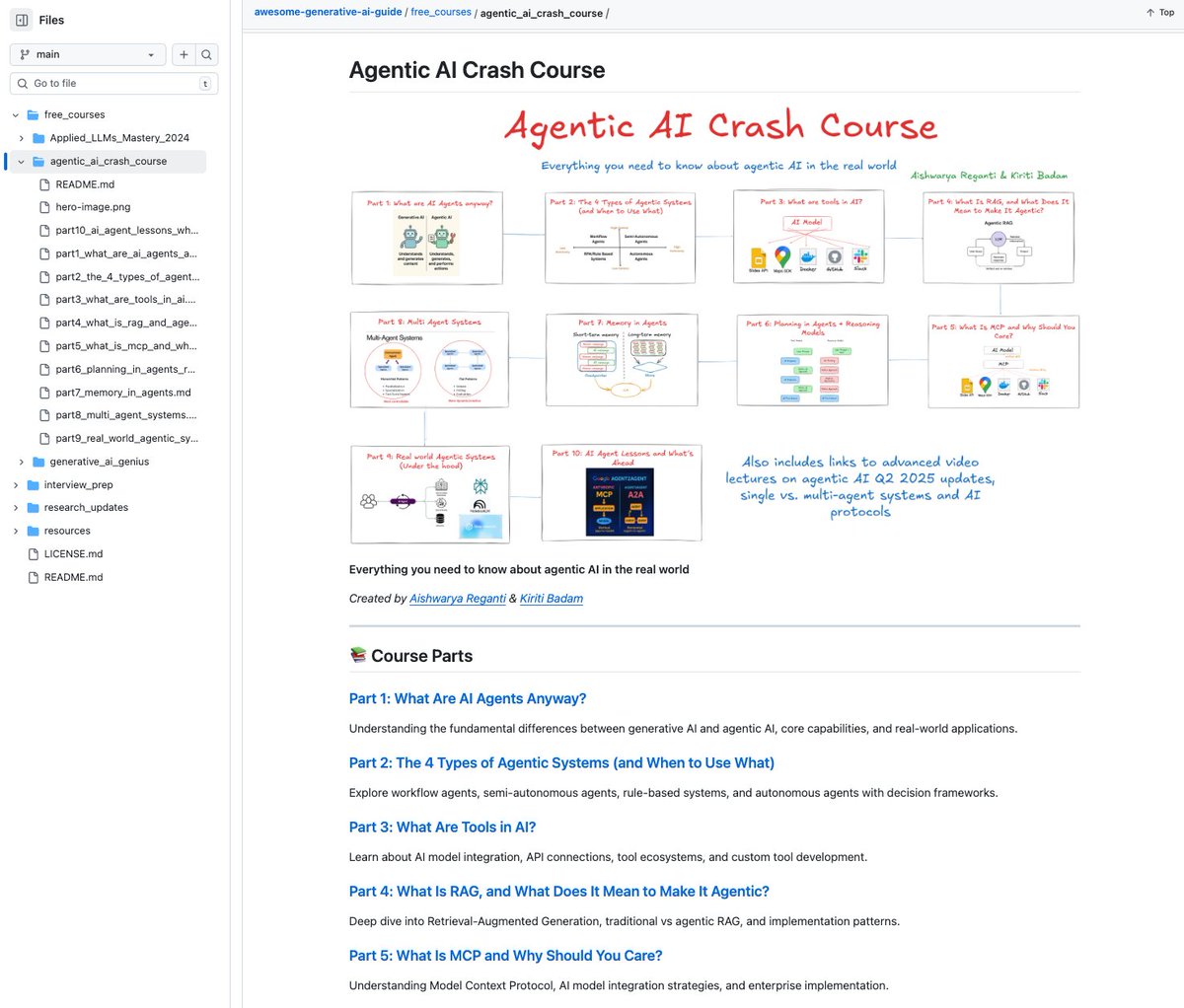The new iOS app from @runwayml featuring #Gen1 is 🔥 and now widely available!
- Turn anything into everything using your phone's camera
- Revive forgotten videos on your camera roll
- Effortlessly transfer assets to your Runway account without airdropping!
Download link ↓
- Turn anything into everything using your phone's camera
- Revive forgotten videos on your camera roll
- Effortlessly transfer assets to your Runway account without airdropping!
Download link ↓
Here's a live demo, courtesy of @stas_kulesh!
Here's another live demo from @Lapakko. (I'll post the original video below.)
• • •
Missing some Tweet in this thread? You can try to
force a refresh
















